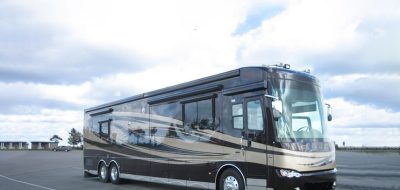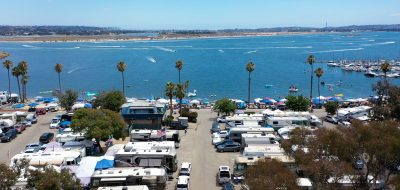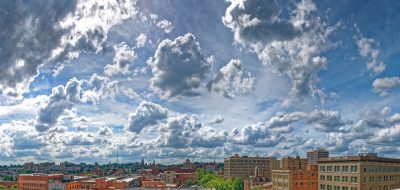One of the oldest cities in Texas and a major port, Galveston sits on a barrier island two miles offshore, surrounded by 32 miles of sandy beaches, numerous attractions, and one of the largest and best-preserved concentrations of Victorian architecture in the United States.

Murals around the island relive the prosperity of Galveston’s past. © Rex Vogel, all rights reserved
Galveston Island has been occupied for thousands of years, serving as a home to the Akokisa and Karankiawa Indians, and the infamous pirate Jean Lafitte. Once known as “the Wall Street of the Southwest,” Galveston later became the site of the worst natural disaster in U.S. history.
In 1528, when the first Europeans landed, Galveston Island was home to Akokisa and Karankiawa Indians who camped, fished, and hunted the swampy land and buried their dead here. The Spanish explorer Cabeza de Vaca was shipwrecked on the Island and lived among the Karankiawa for several years as a medicine man and slave.
In the late 1600s, French explorer Robert Cavelier La Salle claimed this area for King Louis and named it St. Louis.
When Jean Lafitte and his merry band of cutthroats took over the town in 1817, it was an abandoned home base for Mexican revolutionaries. Named Campeche, the little village contained huts for the pirates, a large slave market, boarding houses for visiting buyers, a shipyard, saloons, pool halls, gambling houses, and Lafitte’s own house, the “Maison Rouge.” At one point, Campeche was home to about 1,000 people.
Lafitte held it until 1821, when the U. S. government forced him to leave. He hosted a huge party for his pirates with wine and whiskey and burned the settlement to the ground on his way out. It is believed that he had buried treasure on the island, but it was never found.

The propsperity of Galveston was due in part to cotton agents and traders. © Rex Vogel, all rights reserved
In 1836, four ships of the Texas Navy made headquarters on the island and protected the Texas coast from harassment by the Mexican Navy. These ships prevented supplies and men from reaching Santa Ana, ensuring a victory for Sam Houston’s army at San Jacinto, 22 miles northwest of Galveston.
In 1836, Michel B. Menard, a native of Canada, purchased a “league and labor” of land for $50,000 from the Austin Colony, and established the City of Galveston. Menard needed additional money to promote the town and formed the Galveston City Company with nine other men including Gail Borden, Jr. (publisher of the Telegraph and Texas Register and inventor of condensed milk), Samuel May Williams (former secretary to Stephen F. Austin and successful merchant), and John K. Allen (a founder of Houston),
Town lots were made available in 1838, and the city was incorporated in 1839.
Galveston’s harbor became an active port with ships from all over the world bringing their goods here.
The Strand, named after a street in London, was filled with wholesalers, cotton agents, paint, drug, grocery, hardware, and dry goods stores, and insurance companies.

Another mural depicts the prosperity of Galveston prior to the Great Storm of 1900. © Rex Vogel, all rights reserved
The Strand became known as the “Wall Street of the Southwest” for the largest and most important wholesale houses west of the Mississippi River. Between 1838 and 1842, 18 newspapers were started. The Galveston News, founded in 1842, is the lone survivor and is now published as The Galveston County Daily News. Progress continued and a bridge to the mainland was finished in 1860. The bridge opened the opportunity for railroad expansion.
But the Hurricane of 1900 changed everything.
To read the rest of story of this barrier island, click here.
Texas Spoken Friendly
Everything in life is somewhere else, and you can get there in an RV.
Worth Pondering…
“. . . Due to the phenomenal efforts of residents and outsiders who loved the Island, Galveston has prospered after tragedies that would have destroyed other settlements. People have made Galveston special and the residents today are making the city a unique spot on the Gulf Coast . . . Galveston belongs to the state and the nation because the events that occurred here have affected more than just this Island – they have touched the world.”
—Myra Hargrave McIlvain in Texas Auto Trails: The Southwest, 1982
You May Also Like
- Back From the Storm: Galveston Island State Park, TX
- Seafood Lovers Delight: Stingaree Restaurant, Crystal Beach, TX
- Ancient Desert Water Hole: Montezuma Well, AZ
- If You Build It, They Will Come: Camping in NYC
- Most Dangerous Places in the U.S. for Shark Attacks
If you enjoy these articles and want to read more on RV travels and lifestyle, visit my website: Vogel Talks RVing





